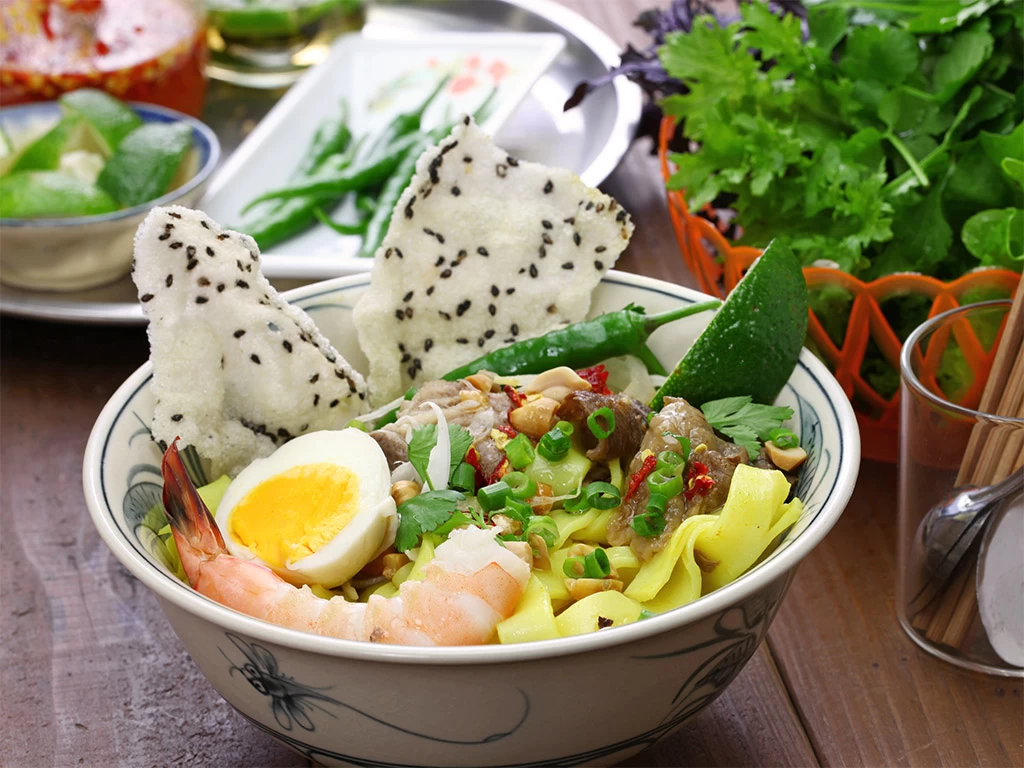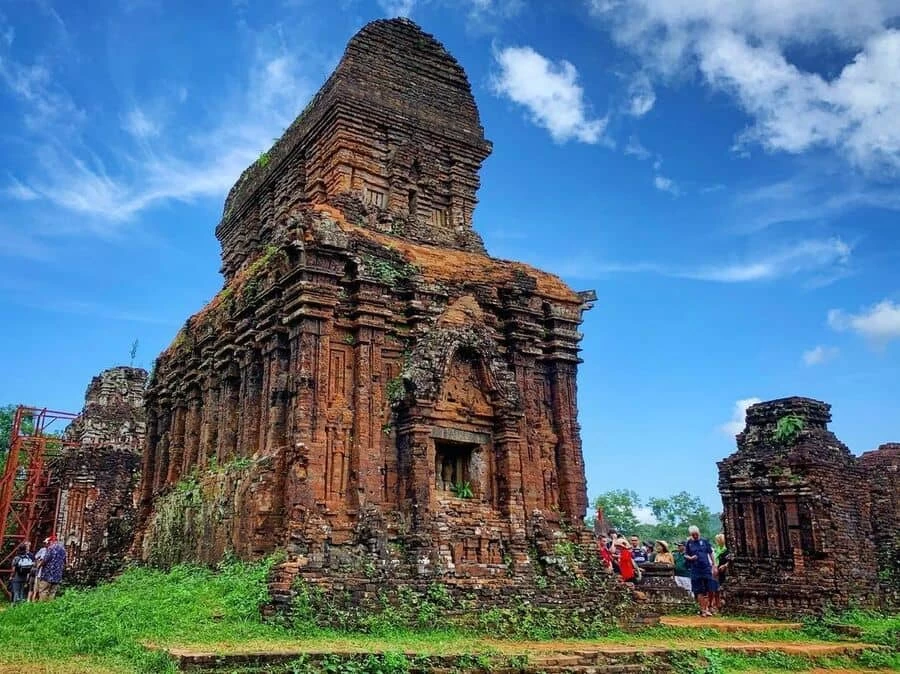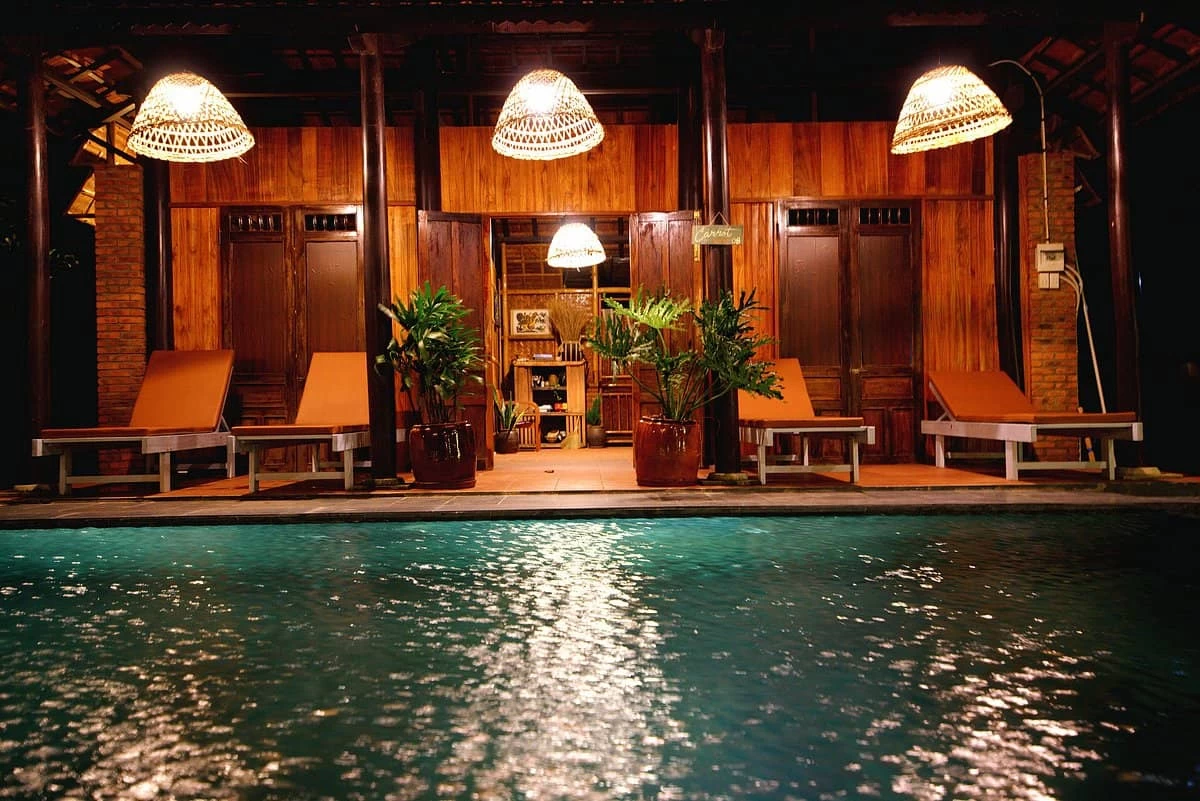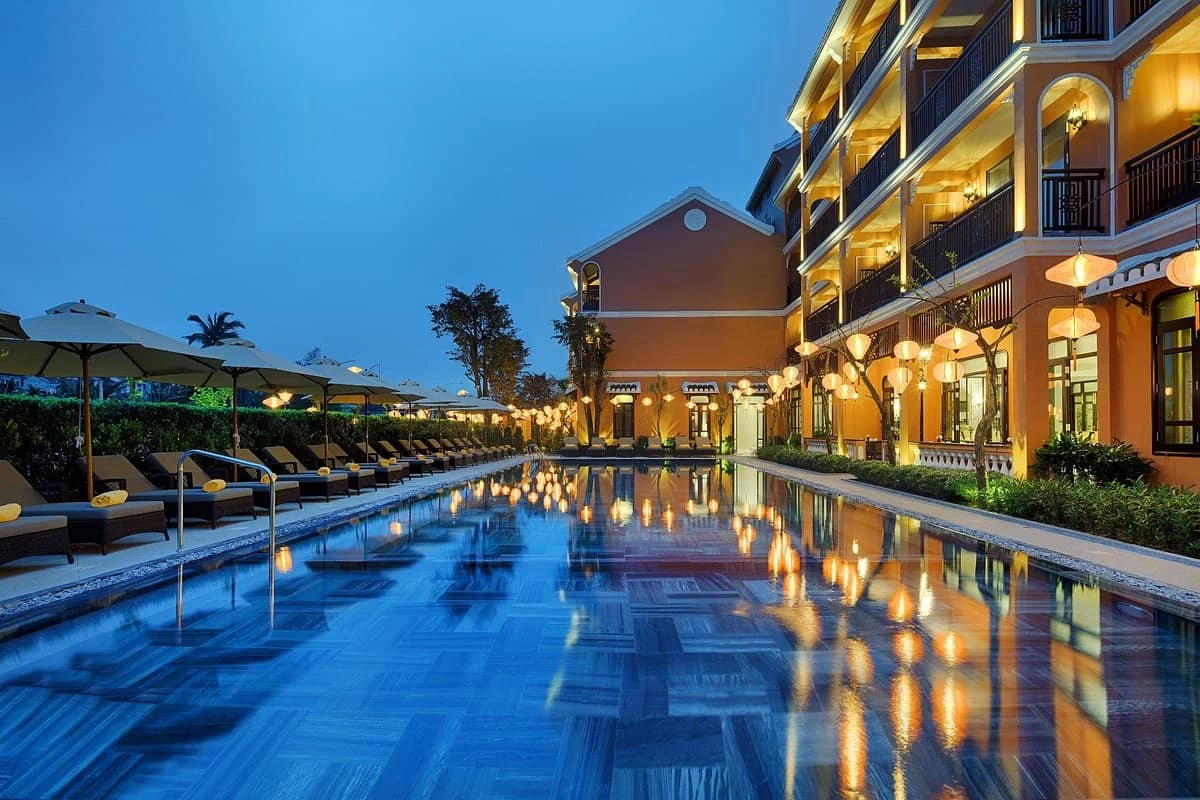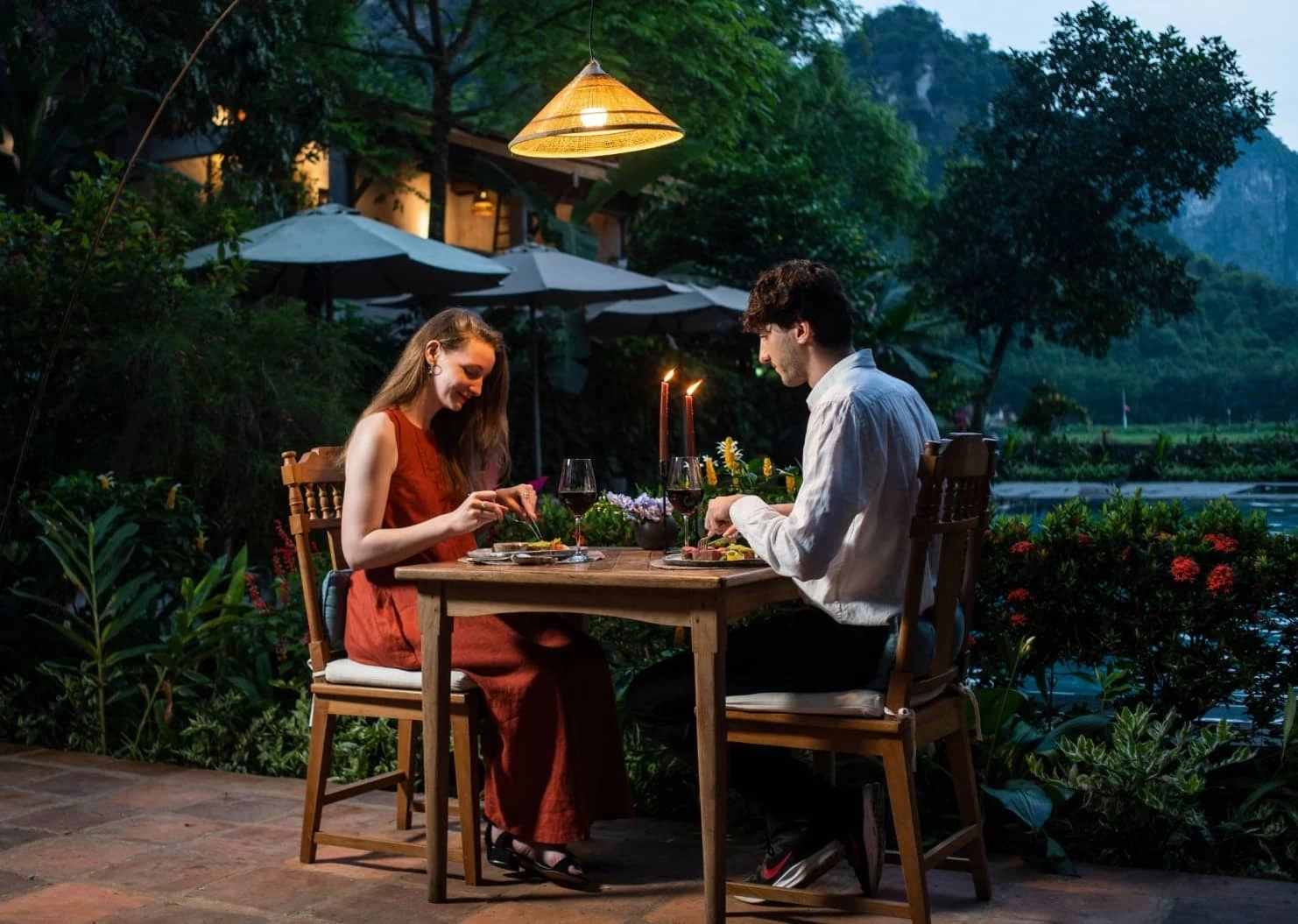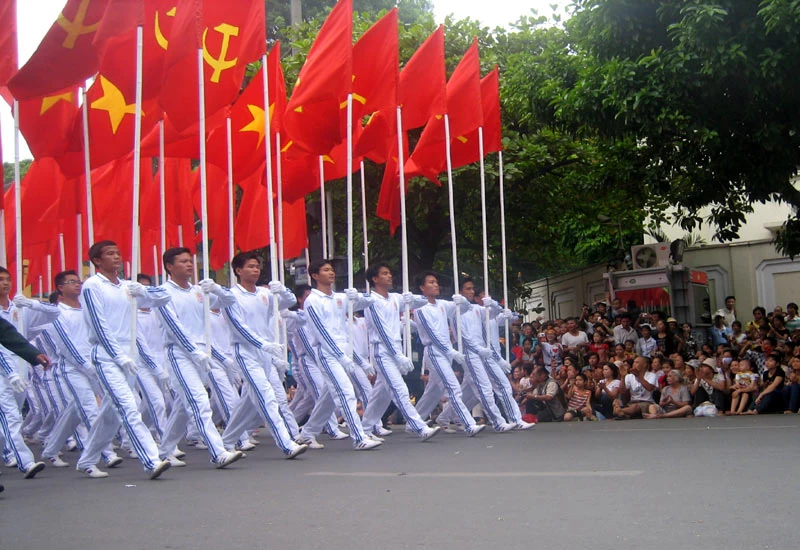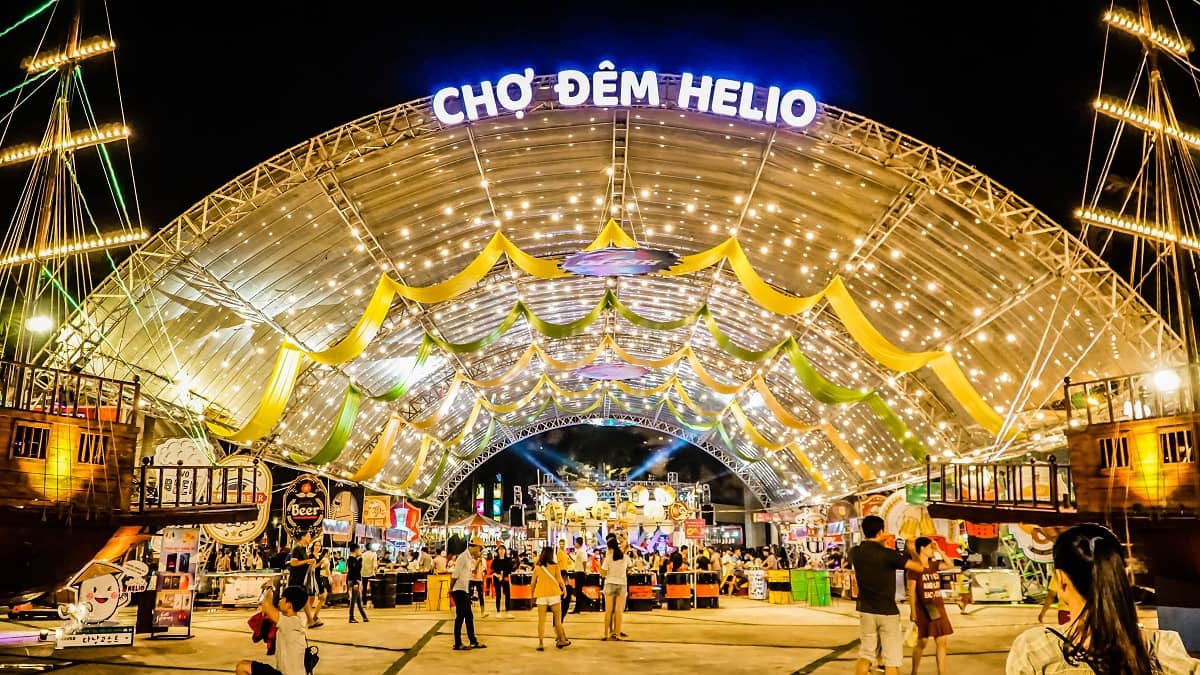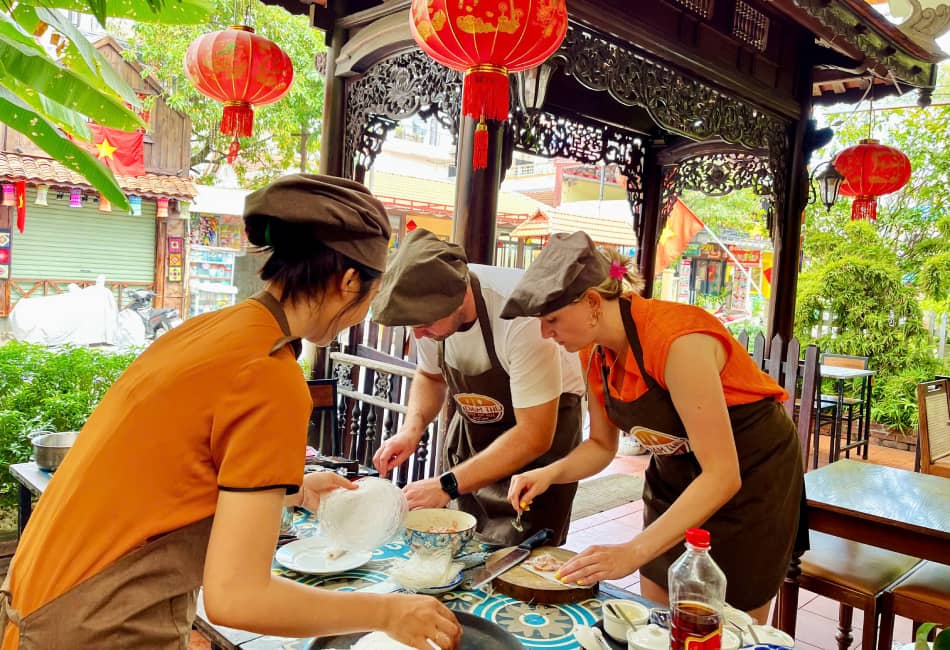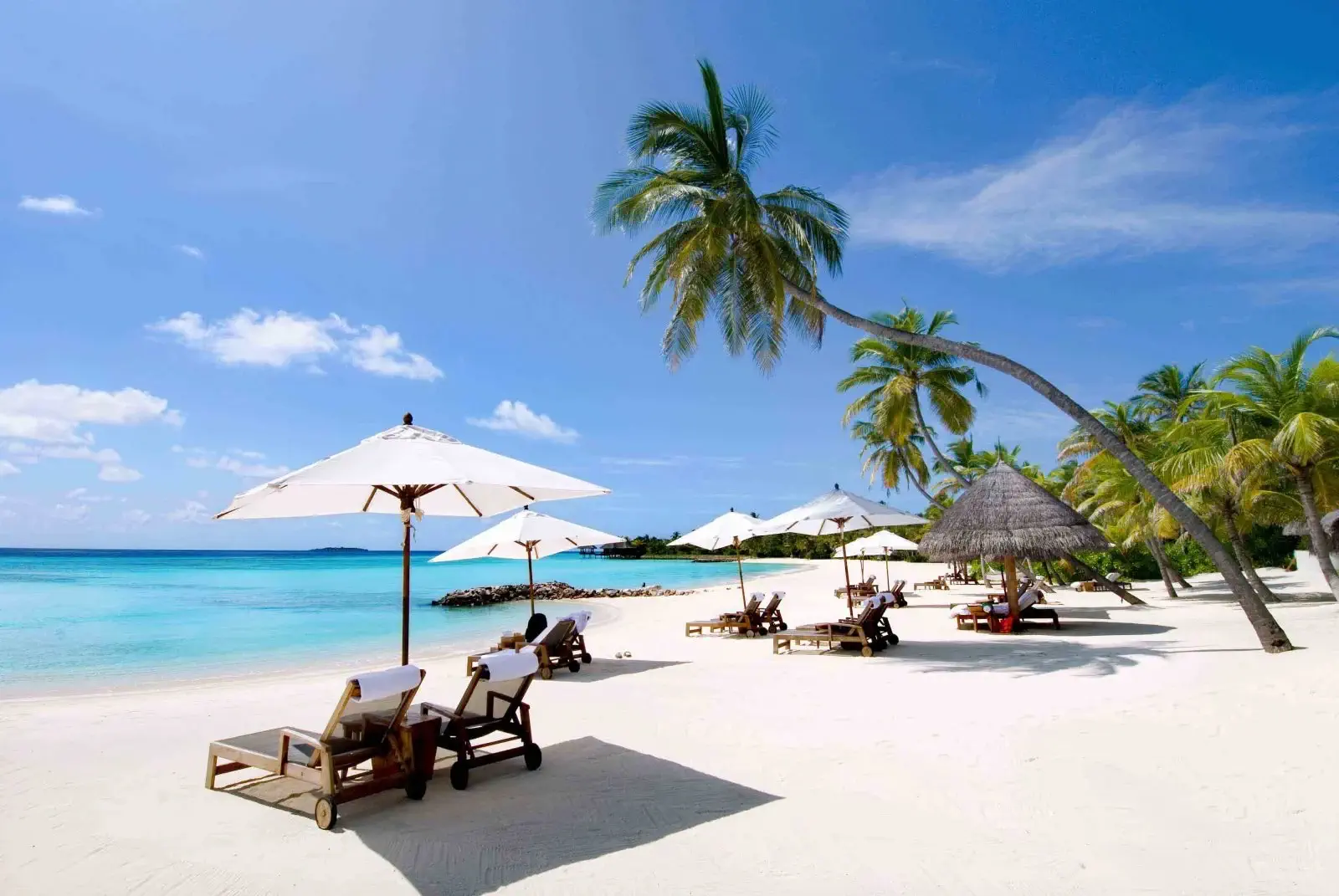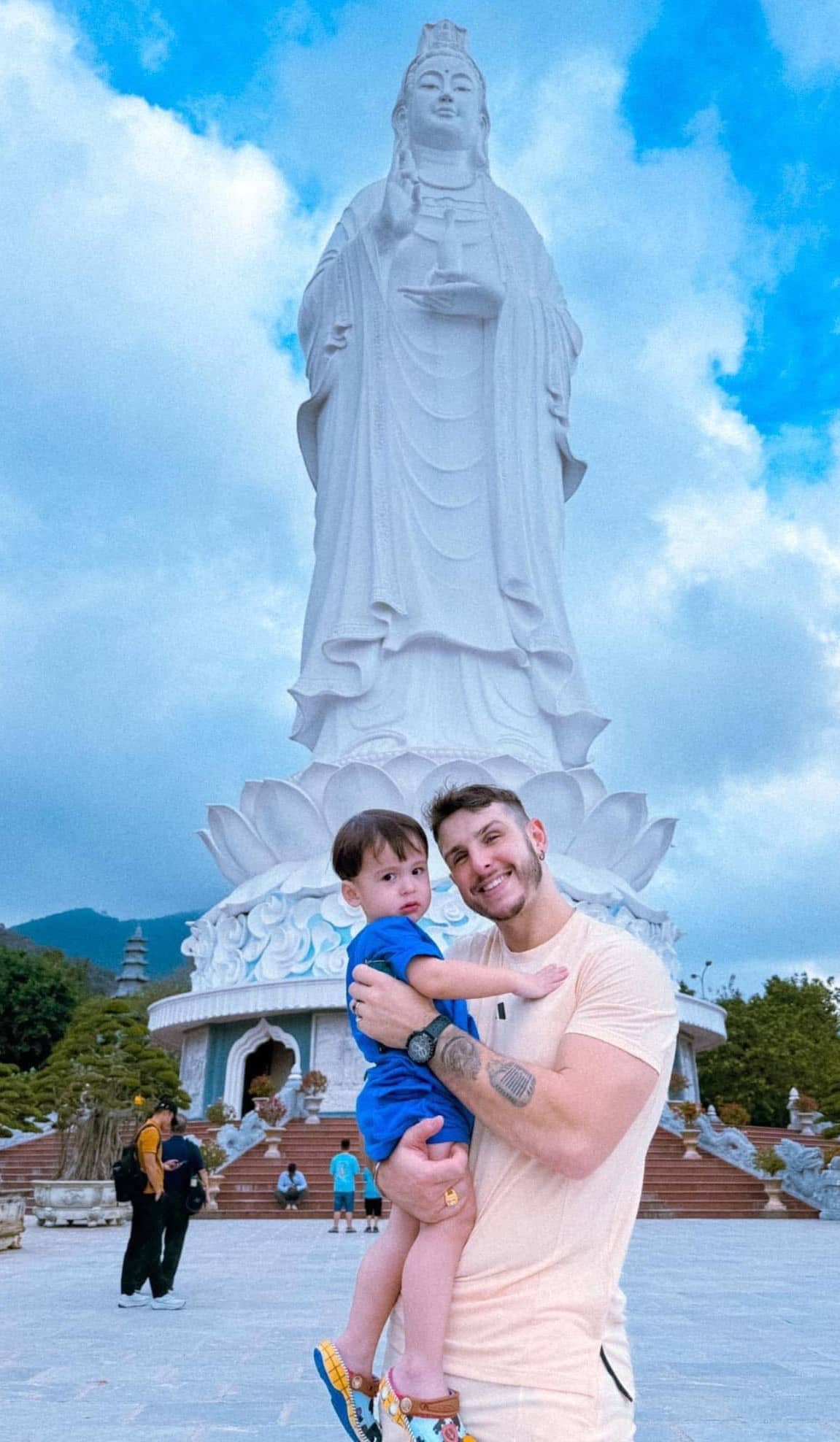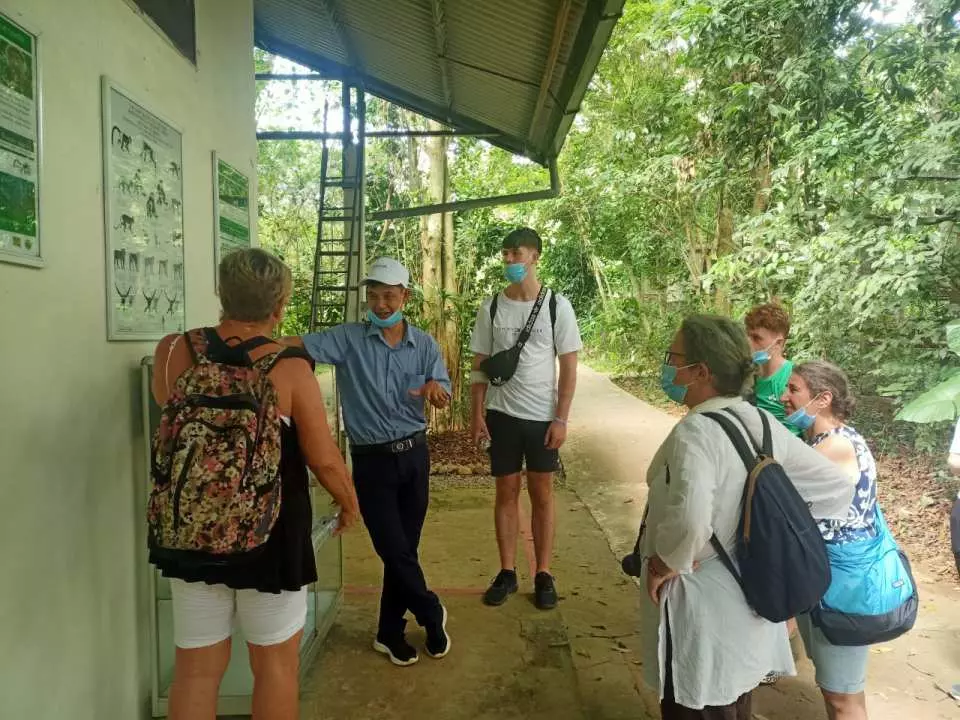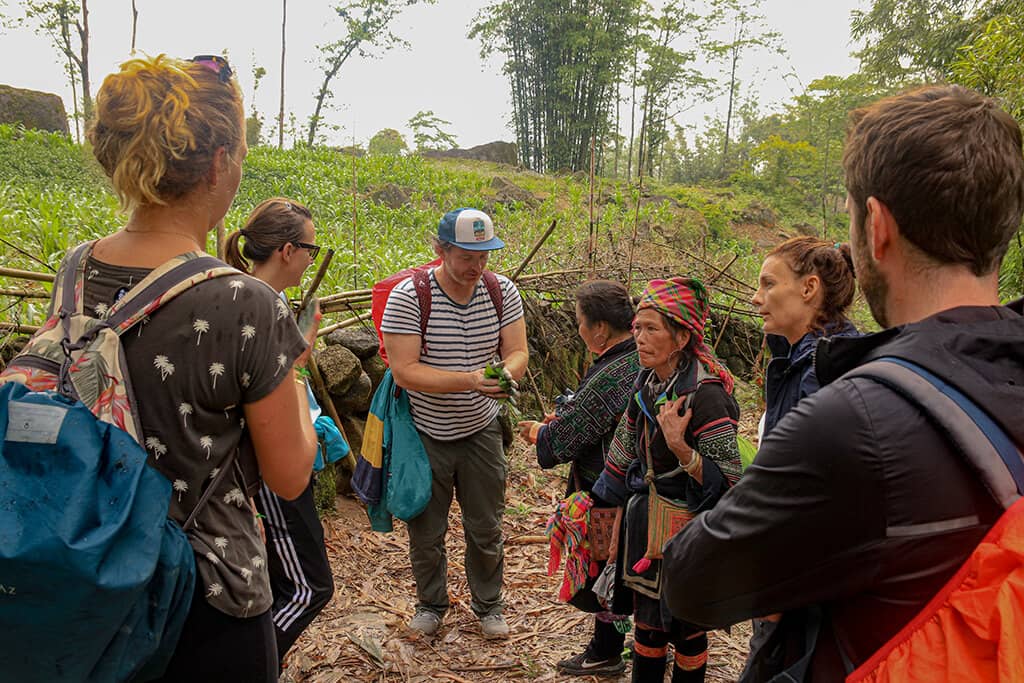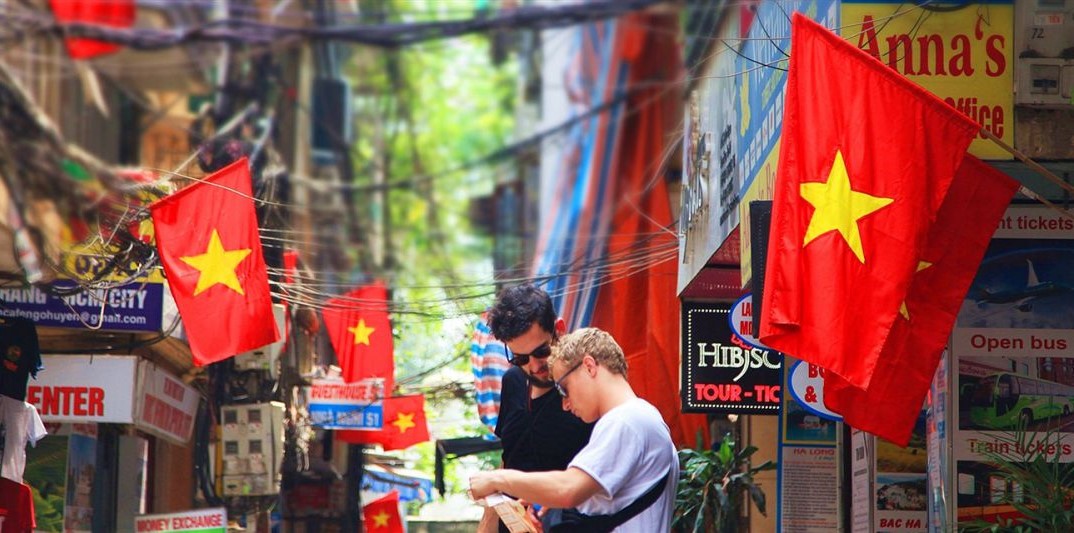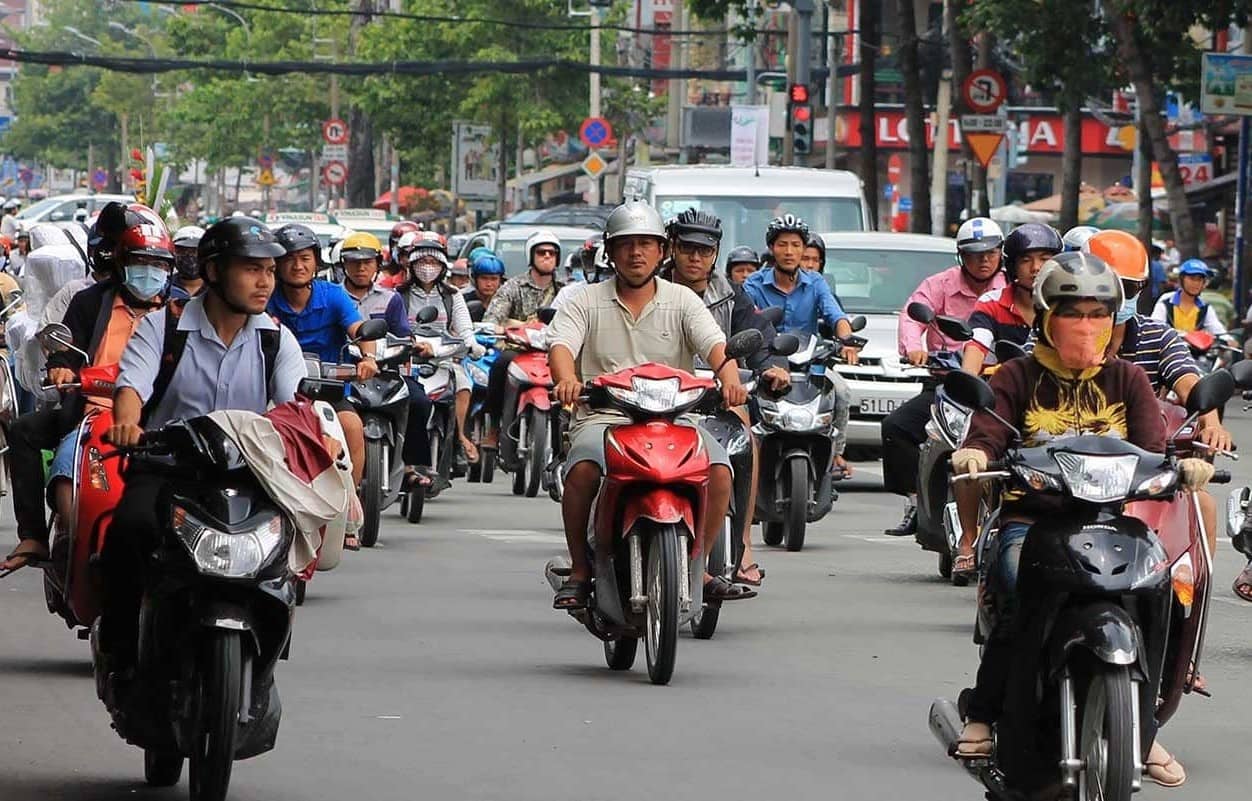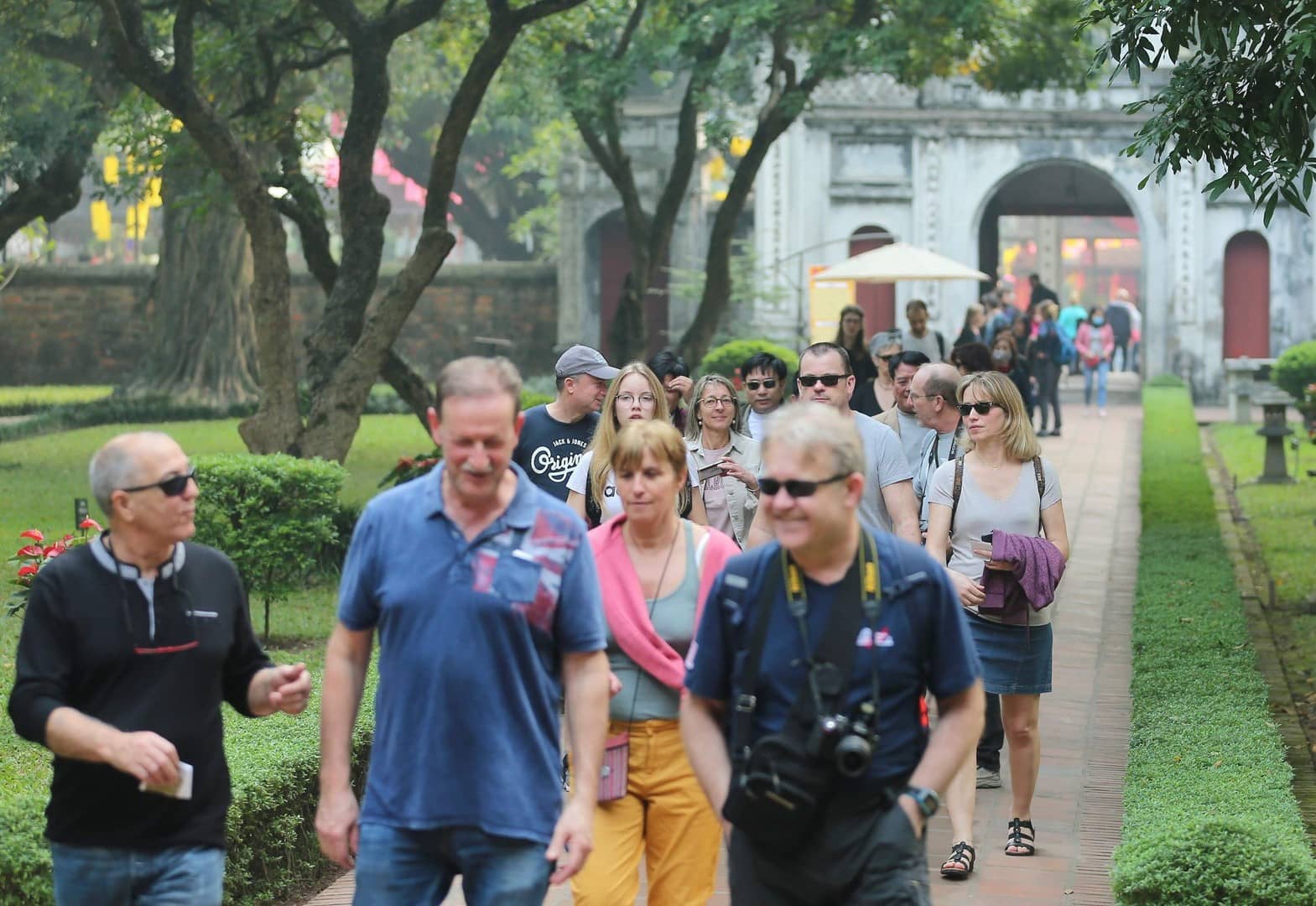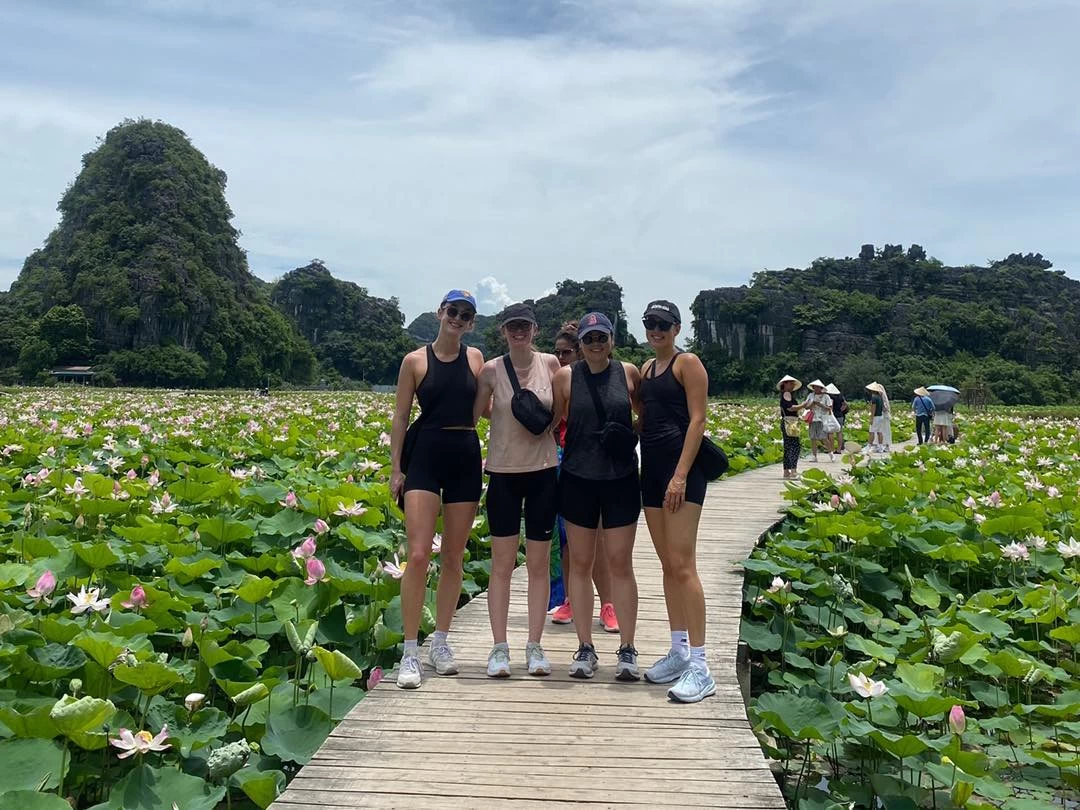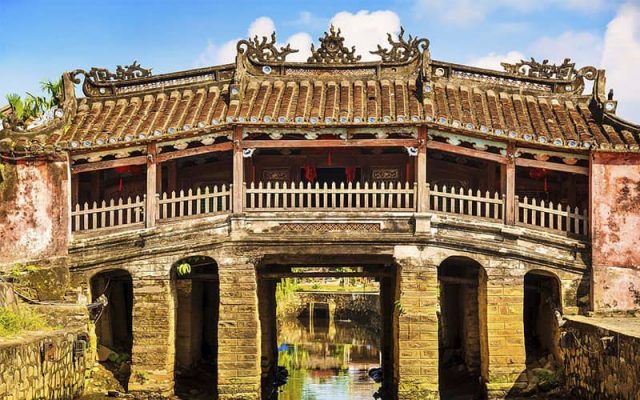
Japanese Covered Bridge.
Discover the historic charm of the Japanese Covered Bridge with Ula Travel, a must-see tourist attraction in Hoi An. Explore the rich cultural heritage and unique architecture of this iconic Japanese Bridge, a symbol of the town’s vibrant history and a highlight for travelers from around the world.
I. Introduction to Japanese Covered Bridge
1. Overview of Japanese Covered Bridge
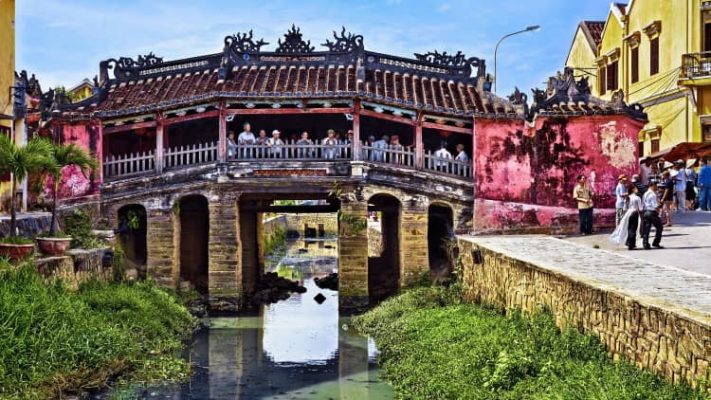
Japanese Covered Bridge – A must visit destination in Hoi An
The Japanese Covered Bridge is one of the most iconic landmarks in Hoi An, a charming ancient town in central Vietnam. The bridge, which dates back to the 16th century, is a unique and historically significant structure that showcases the rich cultural heritage of Hoi An. Built by the Japanese community in Hoi An as a way to connect with the Chinese quarter across the river, the bridge stands as a testament to the town’s history of international trade and cultural exchange.
2. Historical Importance and Value to Hoi An
The Japanese Covered Bridge holds great historical and cultural value for Hoi An and its people. Its construction around the year 1590 was intended to link the Japanese settlement with the Chinese quarters, reflecting the cosmopolitan nature of Hoi An during its heyday as a bustling port town. This bridge is not only a symbol of architectural ingenuity but also of the harmonious relations between different cultural communities that have coexisted in Hoi An for centuries.
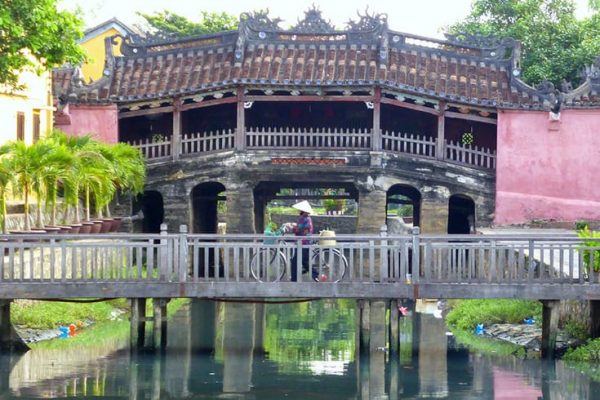
Japanese Covered Bridge – Ancient Japan’s Legacy in Hoi An
The bridge’s design is an exquisite blend of Japanese, Chinese, and Vietnamese architectural styles, highlighting the town’s diverse influences. Over the years, it has become a symbol of Hoi An and a cherished monument that attracts thousands of visitors from around the world each year. The bridge has witnessed significant historical events and has remained a place where locals and tourists alike can appreciate the blend of cultures and the historical narratives of the town.
Furthermore, the Japanese Covered Bridge has been recognized as a national cultural heritage site by the Vietnamese government, underscoring its importance in the nation’s history. Its preservation and the stories it holds are crucial for understanding the broader historical context of Hoi An and its role in the regional trade networks of Southeast Asia.
In essence, the Hoi An Japanese Covered Bridge is more than just a physical structure; it is a bridge between past and present, a symbol of cultural harmony, and a crucial piece of the historical puzzle that makes Hoi An a UNESCO World Heritage site.
II. Historical Background of Japanese Covered Bridge
The Hoi An Japanese Covered Bridge is an iconic symbol of Hoi An, reflecting the rich cultural heritage and historical confluence of different civilizations in this ancient town.
1. Construction History
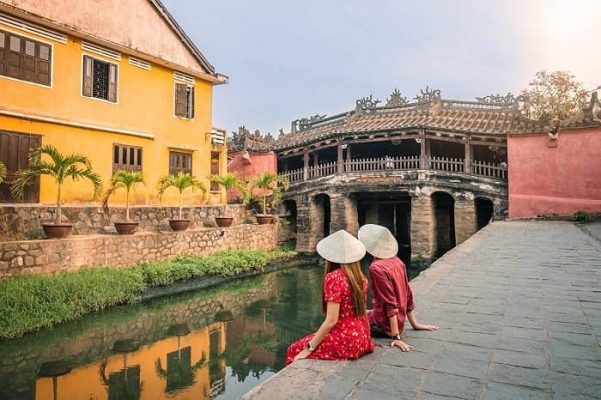
The name Japanese-Covered Bridge comes from the Japanese who built the bridge
The Japanese Covered Bridge was constructed in the early 17th century, around 1593, by the Japanese community in Hoi An. During this period, Hoi An was a bustling international trading port, attracting merchants from various countries, including Japan, China, Portugal, and the Netherlands. The Japanese built this bridge to connect the Japanese quarter with the Chinese quarter, facilitating easier access and interaction between the two communities.
The bridge was not only a practical solution for crossing the water but also a symbol of peace and harmony between the diverse trading communities. It served as a physical and cultural link between the Japanese and Chinese traders, promoting mutual cooperation and understanding.
2. Role in Trade between Japanese, Chinese, and Vietnamese Merchants
The Japanese Covered Bridge played a crucial role in the vibrant trade network that existed in Hoi An. During the 16th and 17th centuries, Hoi An was one of Southeast Asia’s major trading hubs. The bridge provided a vital link between different parts of the town, enabling merchants to move goods and conduct business more efficiently.
Japanese traders were particularly interested in the high-quality silk and ceramics produced in Vietnam, while they brought silver, copper, and other goods to trade. The bridge facilitated the flow of these commodities, enhancing Hoi An’s reputation as a center of commerce. It also became a gathering place where merchants could meet, negotiate deals, and build relationships, contributing to the town’s economic prosperity.
III. Architectural Features of Japanese Covered Bridge
1. Unique Architectural Description
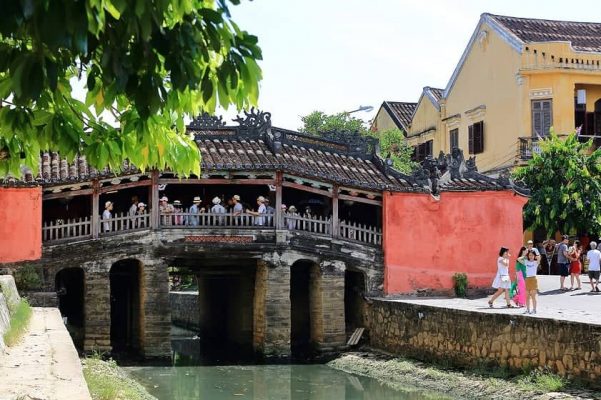
The Japanese Covered Bridge has unique architecture in Vietnam.
The Japanese Covered Bridge stands as a remarkable testament to the unique blend of Japanese and Vietnamese architectural styles. Built in the early 17th century by the Japanese community in Hoi An, this bridge features a wooden structure with a tiled roof, which gives it an elegant yet sturdy appearance. The bridge spans approximately 18 meters in length and is supported by stone piers, ensuring its stability and resilience over the centuries.
Click here: Hoi An Tours
2. Japanese Architectural Details and Cultural Fusion
One of the most distinctive features of the Japanese Covered Bridge is its roof, which is covered with meticulously laid tiles. This roofing style is reminiscent of traditional Japanese temples and houses, providing a shelter from both the sun and rain, making it practical for the tropical climate of Vietnam. The curved eaves of the roof add a graceful touch to the bridge’s overall aesthetic.
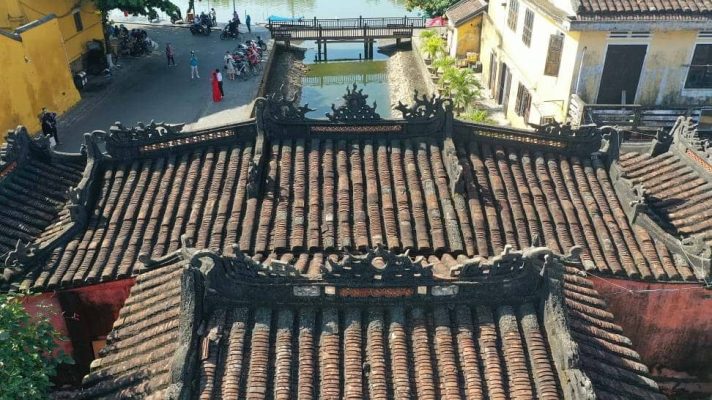
The roof of the bridge with special braided details
At each end of the bridge, there are guardian statues—monkeys at one end and dogs at the other. These statues are significant in both Vietnamese and Japanese cultures, symbolizing protection and warding off evil spirits. The presence of these statues reflects the cultural exchange and mutual respect between the Vietnamese and Japanese communities.
The bridge also features intricately carved wooden panels and beams, showcasing traditional Japanese motifs such as dragons and koi fish. These carvings are not only decorative but also imbued with cultural symbolism, representing strength, resilience, and prosperity. Additionally, the bridge houses a small temple dedicated to Tran Vo Bac De, the Taoist God of Weather, further illustrating the harmonious blend of Vietnamese spiritual beliefs with Japanese architectural practices.
Start your journey with: Explore Hoi An in 1 Day
3. Construction Materials and Maintenance over the Centuries
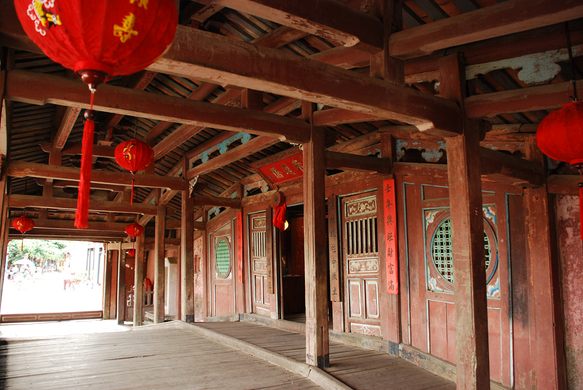
Wooden pillars help the bridge last for hundreds of years.
The primary materials used in constructing the Hoi An Japanese-Covered Bridge include wood and stone. The wooden components, mainly sourced from local forests, were selected for their durability and resistance to the humid climate. The stone piers, robust and enduring, were strategically placed to support the wooden structure and withstand the test of time.
Over the centuries, the bridge has undergone several restoration projects to preserve its structural integrity and historical value. These restorations have been carefully executed to maintain the authenticity of the original design. Traditional methods and materials are often employed during these maintenance efforts to ensure that the bridge retains its historical and cultural significance.
IV. Cultural Significance of Japanese Covered Bridge
1. Role in the Cultural and Religious Life of Hoi An Residents
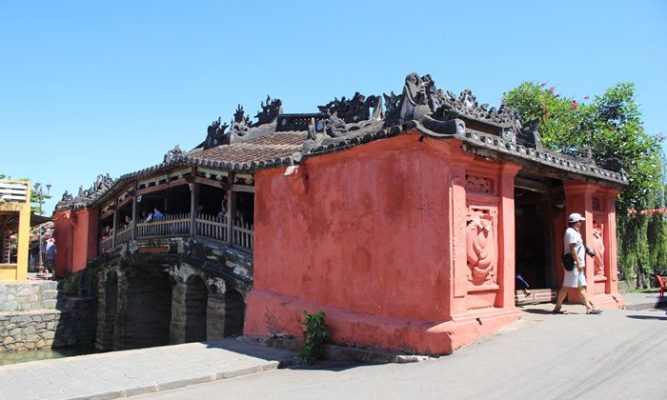
Japanese Covered Bridge plays an important role in religious and cultural beliefs
The Japanese Covered Bridge plays a vital role in the cultural and religious fabric of Hoi An. Originally constructed in the 16th century by Japanese merchants, the bridge not only served as a means of connectivity but also became a symbol of cultural fusion and community harmony.
In the religious context, the bridge is dedicated to Tran Vo Bac De, the God of Weather. This deity is believed to control natural calamities, and locals traditionally come to the bridge to pray for protection from floods, storms, and other natural disasters. The presence of a small temple in the middle of the bridge underlines its spiritual significance, serving as a place where locals can offer their prayers and seek blessings.
The bridge also represents the integration of different cultures within Hoi An. As a port city, Hoi An saw a confluence of various cultures, and the Japanese Covered Bridge stands as a testament to the peaceful coexistence and mutual respect among these communities.
Do not miss: Best things to do in Hoi An
2. Cultural Events and Festivals Around the Bridge
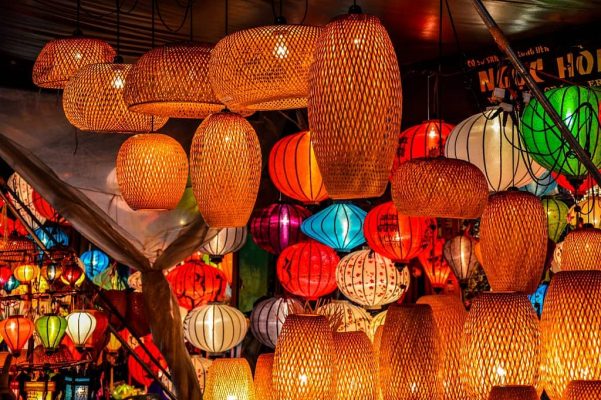
Hoi An lantern festival originates from cultural influences from China and Japan.
The area surrounding the Japanese Covered Bridge is a vibrant hub of cultural activities and festivals, which significantly enriches the cultural tapestry of Hoi An. One of the most notable events is the Hoi An Lantern Festival, which takes place on the 14th day of each lunar month. During this festival, the streets near the bridge are adorned with colorful lanterns, creating a magical atmosphere that attracts both locals and tourists. The festival includes traditional music performances, folk dancing, and various cultural displays that highlight the heritage of Hoi An.
Another important event is the Full Moon Festival, celebrated with traditional ceremonies and activities such as dragon dancing and candle lighting. The bridge becomes a focal point during these celebrations, symbolizing a bridge between the past and the present, as well as between different cultures.
Additionally, the bridge often serves as a picturesque backdrop for various cultural performances and art exhibitions. These events are designed to preserve and promote the rich cultural heritage of Hoi An, providing visitors with a deeper understanding of the local traditions and customs.
Are you looking for: Central Vietnam Wonders Tour
V. Visitor Information
1. How to get the bridge
From Da Nang International Airport:
- By Taxi: The most convenient way is to take a taxi directly to Hoi An. The journey takes around 45 minutes to an hour, depending on traffic, and costs approximately $15–20.
- By Shuttle Bus: Several shuttle bus services operate between Da Nang Airport and Hoi An. They are more economical, with tickets costing around $5–10 per person.
- Private Transfer: Many hotels and travel agencies offer private transfer services that can be booked in advance.
From Hoi An Bus Station:
- By Bicycle: Hoi An is a bicycle-friendly town. You can rent a bicycle for around $1–2 per day and ride to the bridge, which is about 1.5 km from the bus station.
- By Walking: If you prefer to walk, the bus station is a pleasant 20-minute stroll from the bridge through the scenic streets of the old town.
2. Opening Hours and Ticket Information
- Opening Hours: The Hoi An Japanese Covered Bridge is open to visitors from 8:00 a.m. to 9:00 p.m. daily. However, it is best visited in the early morning or late afternoon to avoid the midday heat and crowds.
- Ticket Information: The Bridge itself is free to visit. However, to enter the old town area, where the bridge is located, you need to purchase an entrance ticket. This ticket costs approximately 120,000 VND (about $5) and includes entry to several other attractions in Hoi An Ancient Town.
3. Best Time to Visit Japanese Covered Bridge
- Season: The best time to visit the Hoi An Japanese Covered Bridge is during the dry season, which lasts from February to April and from August to October. During these months, the weather is generally pleasant, with less humidity and minimal rainfall, making it ideal for sightseeing and exploring the area.
- Time of Day: To avoid the crowds and experience the bridge in a more tranquil setting, visit early in the morning, around 6–8 AM, or later in the evening, after 5 PM. Early mornings offer a peaceful atmosphere and cooler temperatures, while evenings provide a beautiful setting with the bridge illuminated by traditional lanterns.
VI. Nearby Attractions
1. Exploring the Hoi An Ancient Town
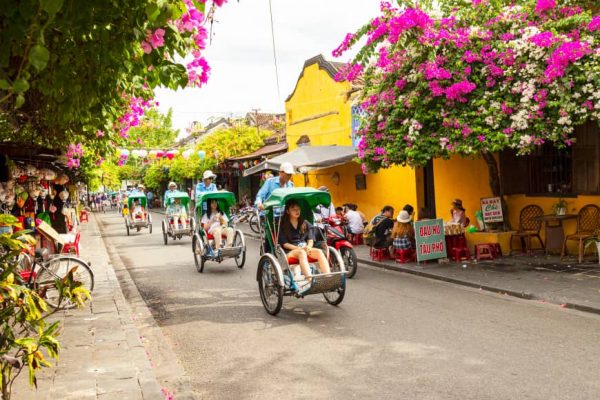
Hoi An Ancient Town
Just a stone’s throw away from the Hoi An Japanese-covered bridge lies the enchanting ancient town of Hoi An. This UNESCO World Heritage Site is a well-preserved example of a Southeast Asian trading port dating from the 15th to the 19th centuries. As you stroll through its narrow, lantern-lit streets, you’ll encounter a blend of historic wooden buildings, Chinese temples, French colonial houses, and ancient tea warehouses.
You might also like: Da Nang to Hoi An in 4 Days
2. Hoi An Night Market
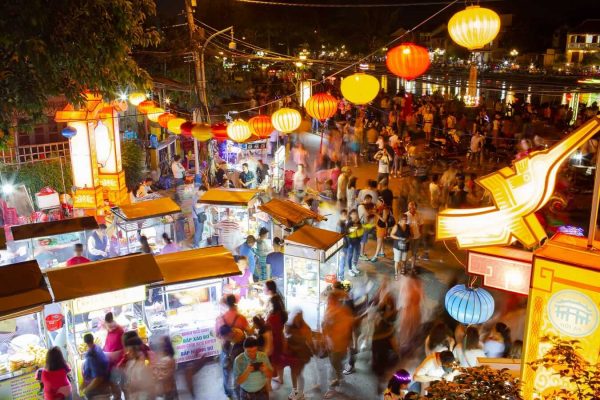
Hoi An Night Market
One of the most vibrant spots to visit is the Hoi An Night Market, located on Nguyen Hoang Street, just across the bridge. Open from 5 PM to 10 PM, the market offers a bustling atmosphere with stalls selling everything from traditional Vietnamese street food to handmade crafts and lanterns. It’s an excellent place to immerse yourself in the local culture, pick up souvenirs, and enjoy the lively ambiance.
3. Museums and Cultural Centers
- Hoi An Museum of History and Culture: Located at 7 Nguyen Hue Street, this museum provides a deep dive into Hoi An’s rich history through various artifacts, photographs, and exhibits that span several centuries.
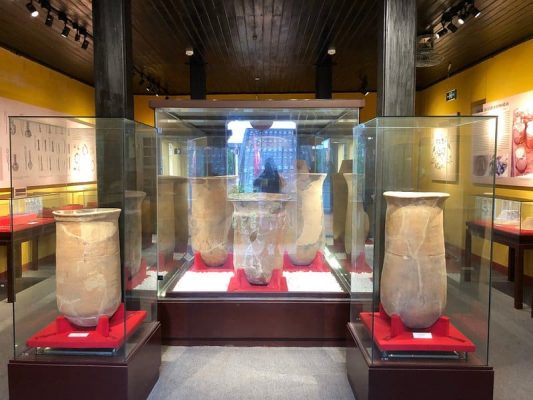
Sa Huynh Culture Museum
- Sa Huynh Culture Museum: Situated on 149 Tran Phu Street, this museum focuses on the Sa Huynh culture, which is considered the predecessor of the Cham civilization. It showcases ceramics, burial jars, and other archaeological finds.
- Museum of Trade Ceramics: Located at 80 Tran Phu Street, this museum highlights Hoi An’s role as a major trading port through its collection of ceramics from various Asian countries.
Learn more about: Discover My Son Sanctuary from Hoi An and Street Food Tour
4. Temples and Pagodas
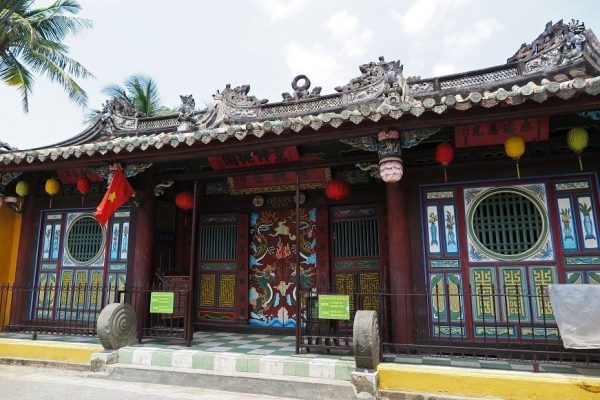
Quan Cong Temple
- Quan Cong Temple: This temple, located at 24 Tran Phu Street, is dedicated to Quan Cong, a famous Chinese general. Its serene atmosphere and beautiful architecture make it a must-visit.
- Phuc Kien Assembly Hall (Fujian Assembly Hall): Found at 46 Tran Phu Street, this hall was originally a meeting place for the Fujian Chinese community. Today, it’s known for its ornate gate and intricate carvings.
- Cantonese Assembly Hall: Also known as Quang Trieu Assembly Hall, this hall at 176 Tran Phu Street features stunning courtyards and dragon statues.
More details: Discover Central Vietnam Tour in 6 Days
5. Popular Tourist Activities
- Boat Rides on the Thu Bon River: Take a scenic boat ride along the Thu Bon River, where you can enjoy the tranquil waters and picturesque views of the surrounding countryside. Sunset cruises are particularly popular for their stunning vistas.
- Traditional Craft Villages: Hoi An is surrounded by several traditional craft villages where you can observe local artisans at work and even try your hand at some crafts.
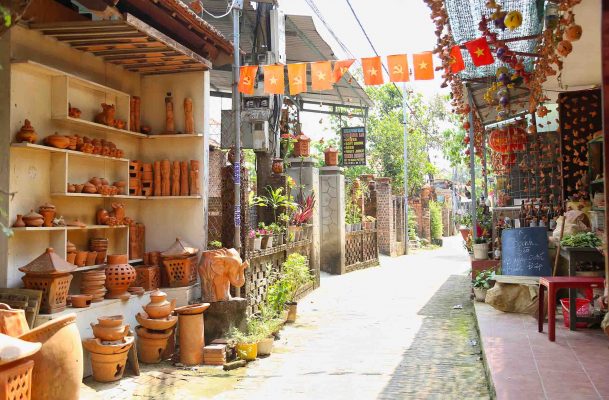
Thanh Ha Pottery Village
- Thanh Ha Pottery Village: Located about 3 kilometers west of Hoi An, this village is famous for its traditional pottery-making techniques.
- Tra Que Vegetable Village: Just a short bike ride from the town center, this village is known for its organic vegetables and herbs. You can participate in farming activities and enjoy a farm-to-table meal.
- Kim Bong Carpentry Village: Situated across the river from Hoi An, this village is renowned for its skilled woodworkers, who create everything from furniture to intricate carvings.
In summary, the Hoi An Japanese Covered Bridge is not just a historical monument; it is a cultural icon that represents the rich heritage of Hoi An. Its significance lies in its ability to connect people across time and space, serving as a bridge between the past and the present and between different cultures. Visiting this bridge provides a unique opportunity to step back in time and appreciate the enduring legacy of cultural harmony and historical depth that defines Hoi An.
See more: Vietnam Travel Tips




